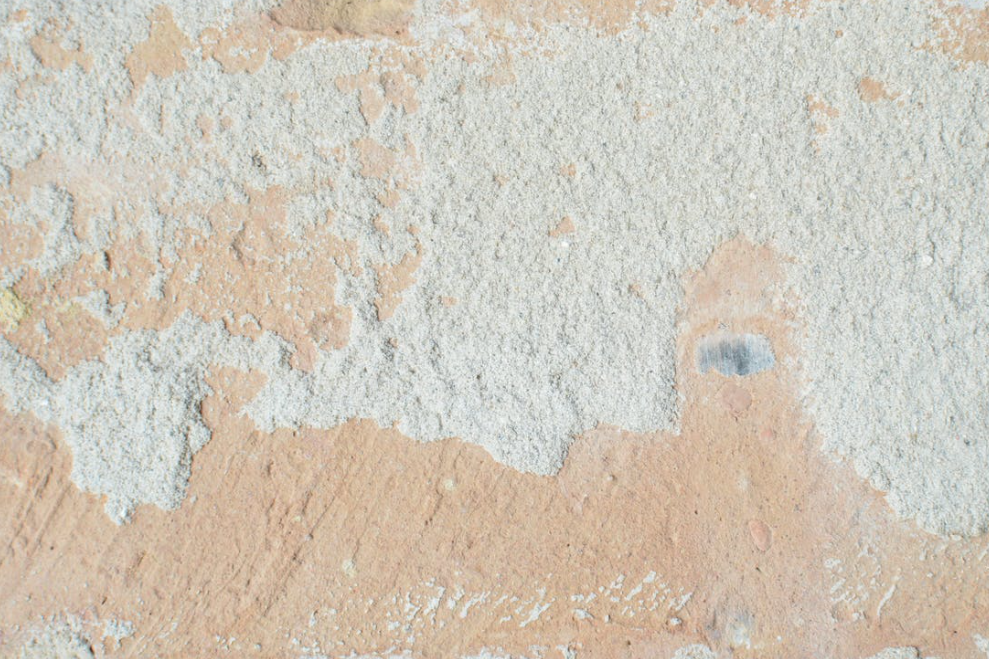
Homes worked with plaster siding are exceptionally well known in blistering, dry environments. They are extremely normal in the Southwest, including Arizona therefore. We’d like to thank the team at BGB Painting for these tips.
The upside of working with plaster is that it can keep going for quite a long time with the appropriate consideration and support.
Plaster is a material made of concrete, water, and sand. Plaster is applied wet and solidifies to an extremely thick strong. It is utilized as an ornamental covering for dividers and roofs, outside building siding, and as a sculptural and imaginative material in design.
Plaster should be kept in decent shape for it to remain tastefully satisfying and keep it from disintegrating. Be that as it may, plaster needs exceptional consideration and care to ensure you don’t demolish the surface.
Plaster Needs Special Care
To obtain the best outcomes while painting plaster, it requires explicit information on the cycle, tolerance, and the right instruments. Settling on some unacceptable decisions and overlooking significant advances will end up costing you over the long haul.
Deficient Curing.
Whenever plaster is at first applied, it needs time to dry and fix. Relieving extricates the overabundance lime in the plaster. On the off chance that this cycle is surged, the surface will start to disintegrate and break down rapidly. Permit somewhere around 60 days for this progression; more assuming the weather conditions is curiously wet.
Overlooking Necessary Repairs.
Plaster will break and the paint will strip. The breaks and openings should fill before paint. Any other way, water can enter, even though paint, causing more harm and even shape to develop behind the surface.
Fragmented Cleaning.
This mix-up is valid for most surface artistic creation. Paint will not stick as expected too grimy surfaced. The paint will rapidly start to piece and strip. Pressure washing will eliminate the majority of the soil and grime. One significant note: If you’ve fixed the plaster, permit it to dry for something like 15-30 days prior to washing.
Painting on Wet Stucco.
Once more, you shouldn’t paint any surface that is wet, yet plaster is particularly permeable. That implies it takes more time to dry, so make a point to hold on up to that point to apply your first layer of paint. It’s likewise essential to allow each coat to dry totally prior to applying the following one.
Ill-advised Painting Techniques.
Plaster can be painted utilizing a roller or with an airless sprayer. Brushes are generally not suggested aside from detail work. The airless sprayer makes bigger ventures more straightforward. A roller turns out great for more modest positions
Not Hiring a Professional.
Painting plaster is interesting and requires explicit skill to obtain the best outcomes. Choosing to paint it yourself might create not exactly palatable outcomes. Likewise, recruiting some unacceptable painter can be an error. Not all painters are capable in painting plaster. That is the reason you want to enlist an expert who has information and involvement in plaster surfaces.
